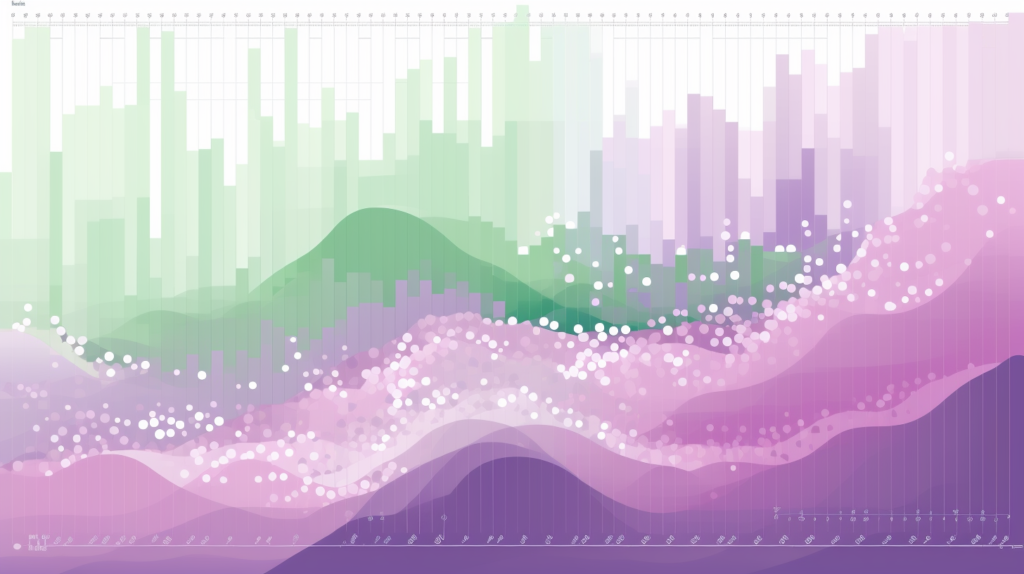Technical Analysis is a method used to evaluate and forecast the future price movements of a financial asset based on its historical price, volume, and, often, open interest. This method operates on the belief that historical trading activity and price patterns can be powerful indicators of an asset’s future price direction.

Key Principles of Technical Analysis
- Price Discounts Everything: Everything that can potentially impact the price (news, events, earnings, etc.) is already reflected in the asset’s price.
- Price Moves in Trends: Technical analysts believe that prices move in short-, medium-, and long-term trend patterns.
- History Tends to Repeat Itself: The repetitive nature of price movements is attributed to market psychology; market participants tend to provide a consistent reaction to similar market stimuli over time.
Key Tools and Techniques
- Charts: The most basic tool for a technical analyst. Types include line charts, bar charts, and candlestick charts.
- Moving Averages: This indicator helps smooth out price data to create a single flowing line, which makes it easier to identify the direction of the trend.
- Relative Strength Index (RSI): Measures the speed and change of price movements and indicates overbought or oversold conditions.
- Volume Analysis: Analyzing the volume can give insights into the strength or weakness of a price trend.
- Support and Resistance Levels: These represent the levels at which buying or selling interest is significantly strong and surpasses the asset’s price from continuing its direction.
- Patterns: Technical analysts look for patterns like head and shoulders, triangles, and flags to predict future price movements.
- Moving Average Convergence Divergence (MACD): A trend-following momentum indicator that shows the relationship between two moving averages of an asset’s price.
Strengths and Limitations
- Strengths:
- Allows for the identification of trends and patterns in a relatively straightforward manner.
- Provides tools for determining potential entry and exit points.
- Can be used across different time frames and assets.
- Limitations:
- Based on historical data, which does not guarantee future performance.
- Can sometimes produce false signals.
- Might not always account for sudden, unpredictable market events or changes in fundamental factors.
Fundamental vs. Technical Analysis
While technical analysis focuses on charts and patterns, fundamental analysis looks at economic, financial, and other qualitative and quantitative factors (like earnings, revenue, and industry trends) to estimate an asset’s intrinsic value. Many traders combine both forms to make more comprehensive trading decisions.
Conclusion
Technical analysis is a widely used tool that provides traders and investors with a visual representation of an asset’s past performance and an indication of potential future movements. However, like all investment strategies, it’s essential to use technical analysis in conjunction with other tools and research methods to make informed decisions.




